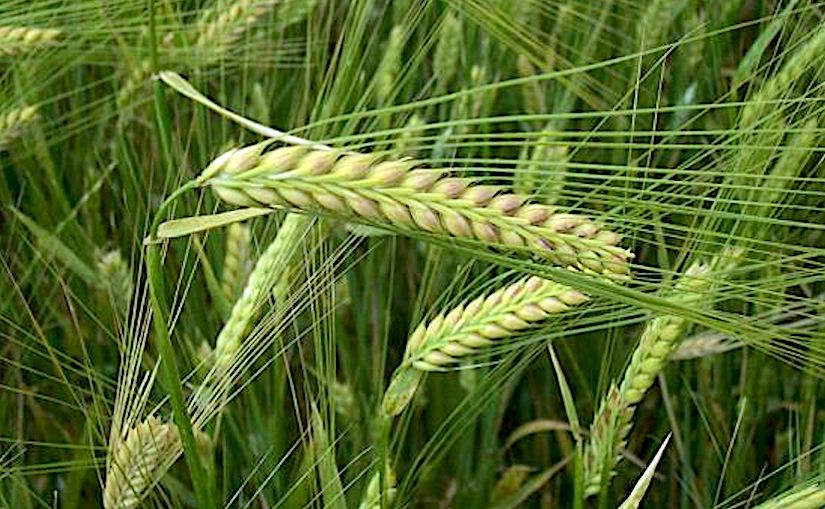Photo credit: Google
Hordeum vulgare L. – common barley
Frequency and distribution of stomata in barley
by Miskin K. E., Rasmusson D. C. (1970)
in Crop Sci. 10: 575-578 – doi:10.2135/cropsci1970.0011183X001000050038x –
https://dl.sciencesocieties.org/publications/cs/abstracts/10/5/CS0100050575?access=0&view=pdf
Abstract
Stomatal frequency on the lower surface of the flag leaves of 649 cultivars from the World Collection of Barley, Hordeum vulgate L., ranged from 36 to 98 stomata mm−5 with a mean of 64. Differences in stomatal frequency observed in the field were confirmed by a greenhouse experiment involving 50 cultivars. Among 20 cultivars examined for stomatal size, mean guard cell length varied from 41 to 56 μ. A negative correlation, –.86, was obtained between stomatal frequency and size.
Stomatal frequencies of several cultivars decreased progressively from the flag to the lower leaves, with the flag leaf having approximately twice as many stomata mm-2 as the basal leaves.
Stomatal frequencies on the lower and upper surface of the flag leaves were similar. Stomata were not found on the lemma, and on the awn they were limited to two rows on the outer face. A single row of stomata extended down each side of the crease of the palea. Increased light intensity resulted in higher stomatal frequency, whereas temperature variations affected frequency very little.
